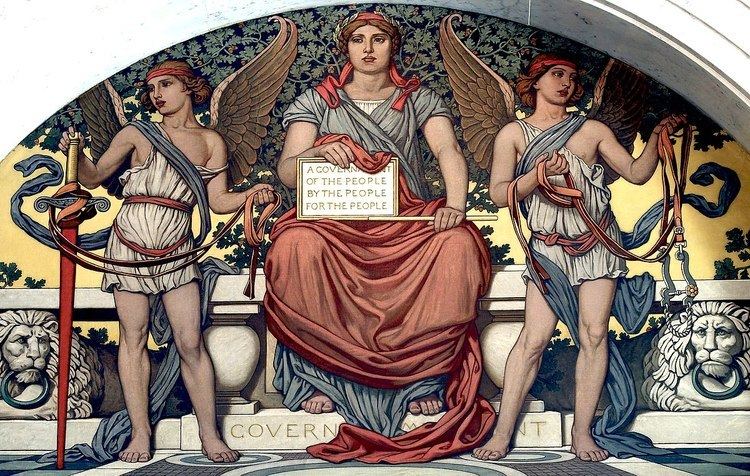 | ||
In Malaysia, federal budgets are presented annually by the Government of Malaysia to identify proposed government revenues and spending and forecast economic conditions for the upcoming year, and its fiscal policy for the forward years. The federal budget includes the government's estimates of revenue and spending and may outline new policy initiatives. Federal budgets are usually released in October, before the start of the fiscal year. All of the Malaysian states also present budgets. Since state finances are dependent on money from the federal government, these budgets are usually released after the federal one.
Contents
- Budget process
- Classification of revenue
- Tax revenue
- Non tax revenue
- Non revenue receipts
- Revenue from the Federal Territories
- Projected revenues
- Projected expenditures by object
- Projected expenditures by budget function
- Supply Bills Second Reading
- References
The federal budget is a major state financial plan for the fiscal year, which has the force of law after its approval by the Malaysian parliament and signed into law by the Yang di-Pertuan Agong.
Revenue estimates detailed in the budget are raised through the Malaysian taxation system, with government spending representing a sizeable proportion of the overall economy. Besides presenting the government's expected revenues and expenditures, the federal budget is also a political statement of the government's intentions and priorities, and has profound macroeconomic implications.
Budget process
The budget is announced in the Dewan Rakyat (House of Representatives) by the Minister of Finance, who traditionally wears baju Melayu while doing so. The Budget is then voted on by the House. Budgets are a confidence measure, and if the House votes against it the government can fall, although never happened to Prime Minister to date. The governing party strictly enforces party discipline, usually expelling from the party caucus any government Member of Parliament (MP) who votes against the budget. Opposition parties almost always vote against the budget. Since 2008, the opposition bloc used to prepare a complete alternative budget and present this alternative to the Malaysian people along with the main budget. In cases of minority government, the government has normally had to include major concessions to one of the smaller parties to ensure passage of the budget.
Malaysia follows the conventions of the Westminster system. For example, the prime minister must have the support of a majority in the Dewan Rakyat (House of Representatives), and must in any case be able to ensure the existence of no absolute majority against the government. In relation to the budget, that requires that if the House fails to pass the government's budget, even by one ringgit, then the government must either resign so that a different government can be appointed or seek a parliamentary dissolution so that new general elections may be held to re-confirm or deny the government's mandate.
The process of creating the budget is a complex one which begins within the working ranks for the Federal Government. Each year, the various departments and agencies that make up the Government submit what are called 'The Main Estimates' to The Treasury Board Secretariat. These documents identify the planned expenditure of each department and agency, linking theses proposed expenses to programs, to objectives and ultimately to the priorities of the current ruling Government. The Treasury Board Secretariat combines these budget estimates and compile an initial proposed budget. From there, the Cabinet and Prime Minister's Department adjust the budget based on a series of economic, social and political factors. In reality, decisions are usually made with the primary intend of re-election and so often include advantages for key regions and lobby groups.
The government reserves the right to submit "supplementary supply bills", which add additional funding above and beyond what was originally appropriated at the beginning of the fiscal year. Supplementary supply bills can be used for things like disaster relief and to update its agencies' spending totals for the current financial year and report any governmental re-organisations.
Classification of revenue
The Federal Government’s revenue is classified into four general categories, namely tax revenue, non-tax revenue, non-revenue receipts and revenue from the Federal Territories.
Tax revenue
Tax revenue is classified into direct tax revenue and indirect tax revenue.
Direct tax revenue includes revenue from:
Indirect tax revenue includes revenue from:
Non-tax revenue
Non-tax revenue consists of:
Non-revenue receipts
Non-revenue receipts include:
Revenue from the Federal Territories
Revenue from the Federal Territories consist of tax and non-tax revenue including receipts from licences and permits, premiums, quit rent, sale of assets, rentals, service fees and entertainment duties.
Projected revenues
Official sources
(In million MYR)
Projected expenditures by object
Official sources
These tables are in million MYR.
Projected expenditures by budget function
Official sources
These tables are in million MYR. The budget for the 2016 fiscal year (also demonstrating the basic budget structure) can be found below.
